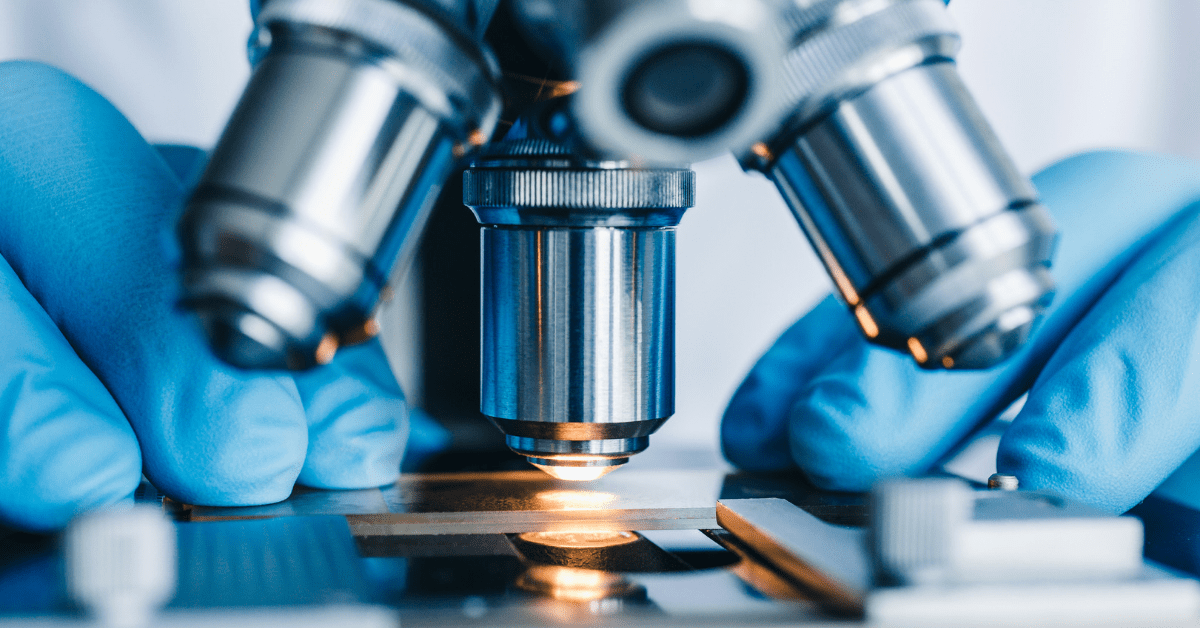
The State of Headache Medicine: Q&A With Peter Goadsby, MD, PhD, FAHS
Dr. Peter Goadsby outlines key accomplishments in the field of headache medicine and new treatments that are on the horizon
Dr. Peter Goadsby is a neurologist, director of the NIHR Wellcome Trust at the King’s College Clinical Research Facility in London, and a professor of Neurology at the University of California, San Francisco. He currently serves on the AHS Board of Directors and Executive Committee, and as chair of the AHS Scientific Program Committee. He previously served as president of AHS.
At the 60th Annual Scientific Meeting in San Francisco, he spoke with our Society about the current state of headache medicine and the pipeline for new migraine treatments.

Some of the most groundbreaking developments in headache medicine are showcased at the annual Scientific Meeting. What have been the most significant accomplishments in the field of headache medicine over the past 12 months?
Headache medicine has been so exciting in the past 12 months. We have seen migraine-specific preventives such as calcitonin gene-related peptide (CGRP) monoclonal antibodies. We have also developed a better understanding of the condition from epidemiological work. There are also new acute treatments, including a neuromodulation approach that does not even involve medication.
In addition, there are new treatments for episodic cluster headache that use neuromodulation. At the Scientific Meeting, we also saw the first announcement of the CGRP monoclonal antibodies working for episodic cluster headache. And if that is not enough, there are new treatments for chronic cluster headache too.
From your perspective, what new studies are most instrumental in advancing the field of headache medicine?
We are seeing many studies that advance our understanding of various forms of headache. For example, there is a recent study that looks at the mechanism of neuromodulation and how it influences cranial autonomic symptoms.
We are also understanding that these new medicines will work for long periods of time. We are going to see an open-label extension study. But everyone who has gone on these medicines in the past four to six weeks wants to know what will happen in a year, in two years, in three years. And we are going to see a study that will present that sort of data.
What is incredibly exciting at the moment is that we are seeing studies that illustrate the basic mechanisms behind headache, while at the same time, we are also seeing studies that tell us about practical things we can use to treat headache every day.
Why is this such a pivotal time in the field of headache medicine?
It is a pivotal time for all of us in this field because we are seeing some simple, yet elegant, research.
For example, if we understand the role of CGRP monoclonal antibodies and the role of the sphenopalatine ganglion in cluster headache, then we will have a better understanding of the condition and its associated imaging and treatment.
If we understand the condition and we do the research, it opens up countless opportunities for the future.
What are the biggest barriers in headache medicine, and what is AHS doing to overcome those barriers?
A huge barrier in headache medicine is access to care, particularly in the context of headache-trained physicians. There are not enough headache specialists. We have not trained enough. If you are a patient, you typically have to line up for a significant period of time to see someone.
The American Headache Society is the go-to place to get education for headache medicine. But we need to double and redouble our efforts at training, because there is a massive gap between the need and the availability of people who are trained in headache medicine. It is a mission we are certainly dedicated to and will continue to prioritize in the coming years.
Peter Goadsby, MD, PhD, FAHS, is a member of the American Headache Society, a professional society for doctors and other health care workers who specialize in studying and treating headache and migraine. The Society’s objectives are to promote the exchange of information and ideas concerning the causes and treatments of headache and related painful disorders, and to share and advance the work of its members. Learn more about the American Headache Society’s work and find out how you can become a member today.


